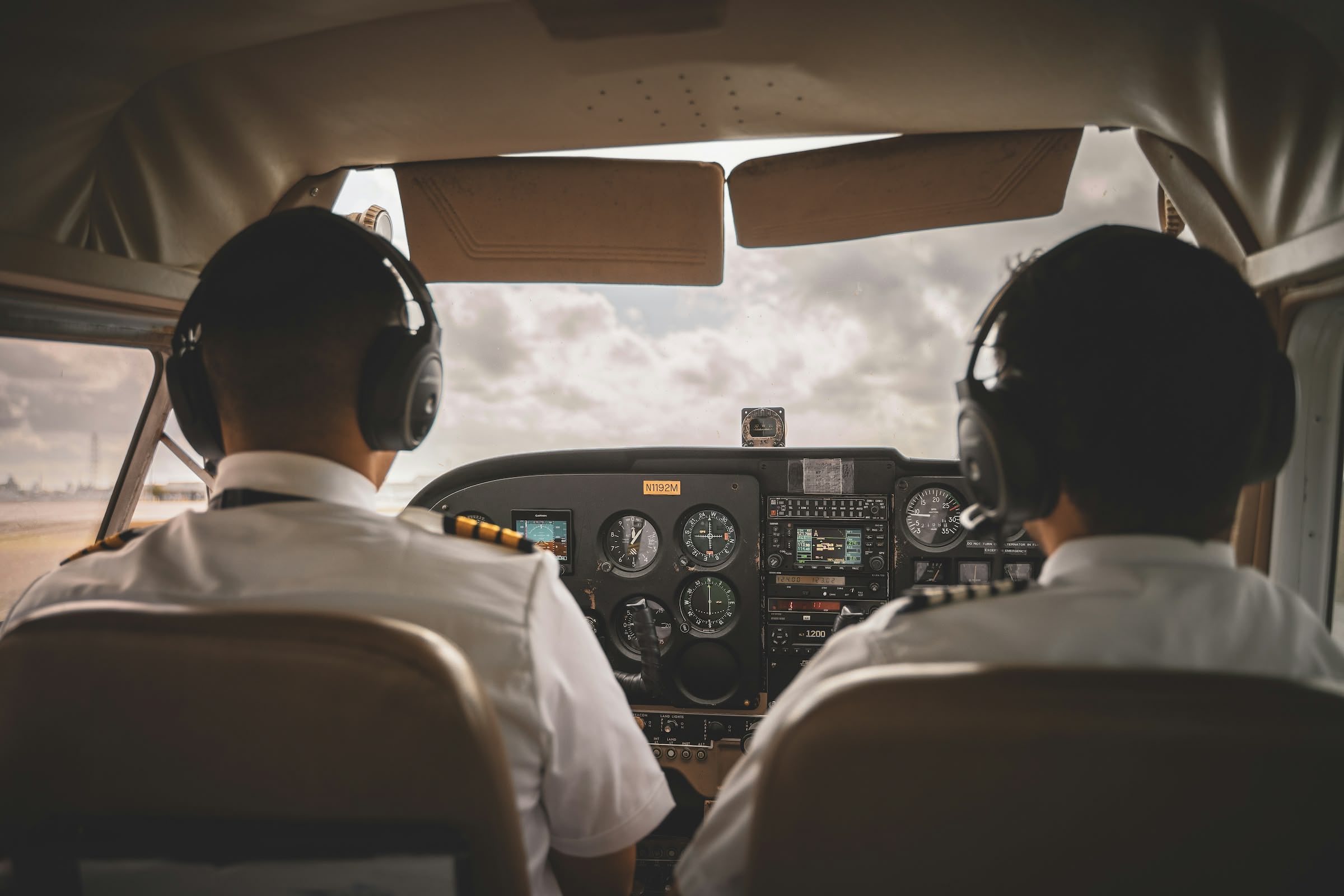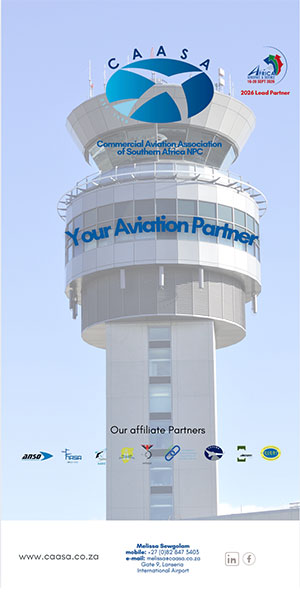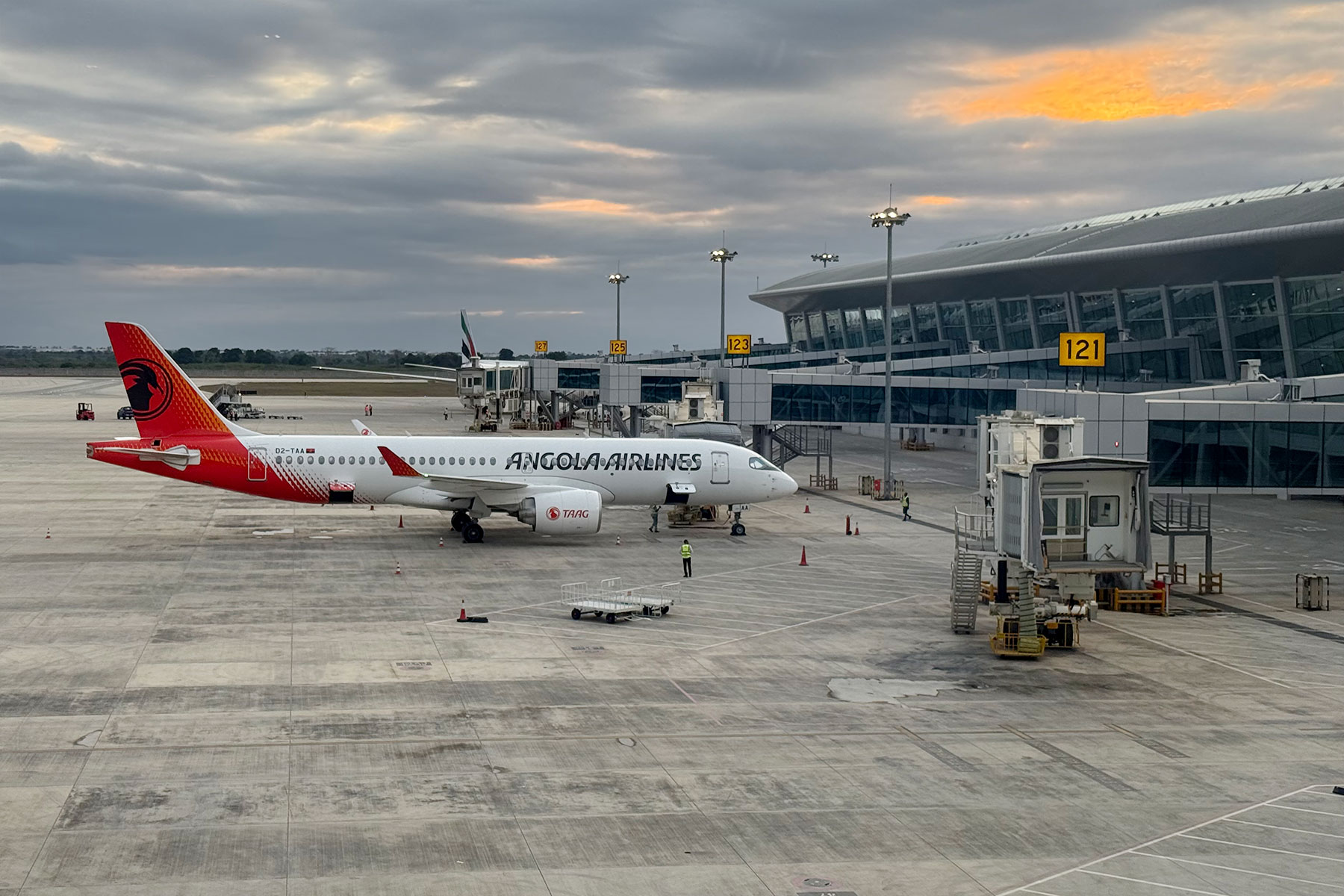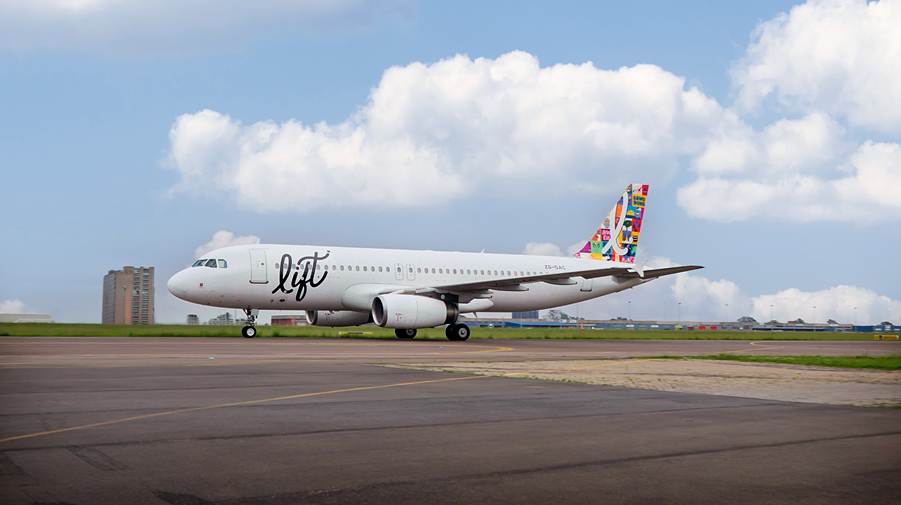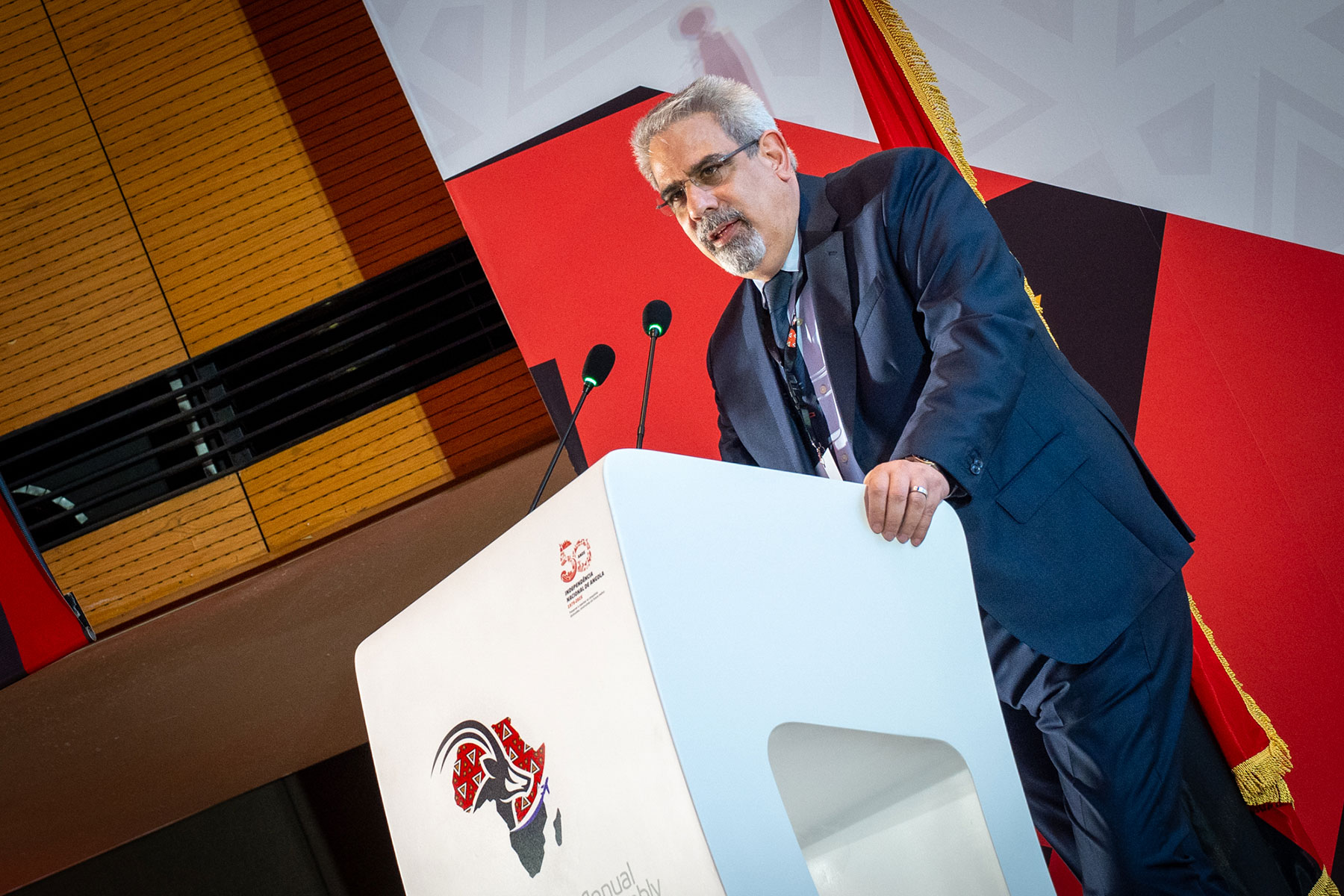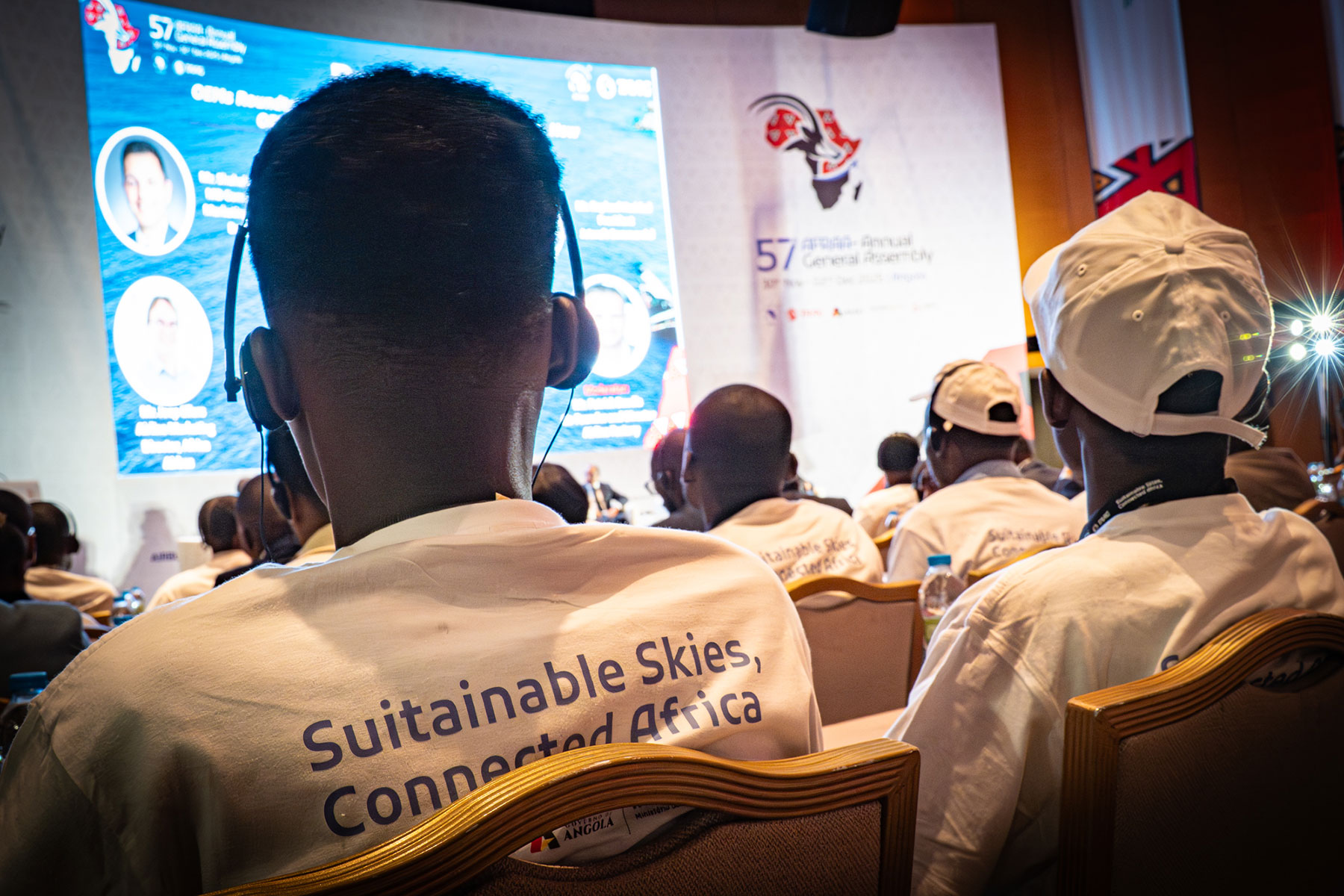In high-pressure moments when an aircraft overruns a runway, every metre counts. Fortunately, a technology exists to arrest a speeding aircraft safely: the Engineered Materials Arresting System, or EMAS. But startlingly, in several recent cases, pilots have actively avoided using it, often worsening the situation.
Why are some pilots swerving away from a system designed to save lives?
Understanding EMAS: The Final Layer of Defence
EMAS is made up of crushable concrete blocks or other engineered materials placed at the end of a runway. In the event of an overrun, the system slows and stops aircraft by absorbing their energy as the landing gear sinks into the material. It’s a proven life-saving measure, particularly where space is limited, and traditional runway end safety areas (RESA) are not feasible.
Globally, EMAS has successfully stopped more than 20 aircraft, preventing major damage and injury in scenarios that could have turned catastrophic.
Avoiding Safety: A Worrying Pilot Behaviour
Despite its effectiveness, there have been multiple documented cases, particularly in North America, where pilots have swerved off course to avoid the EMAS bed. Investigations suggest that pilots either misunderstood what EMAS was or mistook it for a hazard.
The International Federation of Air Line Pilots’ Associations (IFALPA) has raised serious concerns about this pattern. Their recent position paper highlights the urgent need for comprehensive pilot training to ensure flight crews understand what EMAS is, how to identify it, and when to use it.
Why Aren’t Pilots Being Trained?
Current flight simulators do not replicate EMAS scenarios, meaning pilots often do not get any hands-on exposure to how it feels to enter an EMAS bed. As a result, in an actual emergency, instinct may drive them to avoid unfamiliar terrain, precisely the wrong decision.
According to IFALPA, key training elements should include:
- What is EMAS?
- A detailed explanation of the system’s purpose, function, and physics.
- How to identify EMAS during pre-flight and approach planning
- EMAS locations should be easily recognised on airport charts and satellite imagery.
- Integrating EMAS into briefings
- Pilots should discuss EMAS locations and escape procedures during both take-off and approach briefings.
- Visual cues and behaviour during an overrun
- Understanding the visual appearance of an EMAS bed, and how to respond during a runway overrun.
Where Does Africa Stand?
Across the African continent, EMAS is not yet widespread, but the conversation around runway safety is growing louder.
In South Africa, researchers have tested foam concrete-based systems as a local adaptation of EMAS, designed to suit varying soil conditions and cost constraints. While not widely deployed, such innovations show promise for African nations where terrain, cost, or infrastructure limits traditional solutions.
Runways with limited overrun space, often found in parts of East and West Africa, could benefit significantly from engineered arresting systems. However, implementation is complicated by infrastructure funding, regulatory prioritisation, and awareness.
Why This Matters Now
As air traffic across Africa continues to grow, with major aviation hubs expanding in Kenya, Nigeria, Ethiopia, and South Africa, the need for modern safety systems has become more urgent. Regional airports, many of which are surrounded by dense development or topographical limitations, are ideal candidates for EMAS or its variants.
Moreover, integrating EMAS training into flight schools and airline recurrent training could dramatically improve pilot confidence and preparedness, whether flying out of Johannesburg, Lagos, or Entebbe.
Education Before Emergency
IFALPA is calling on aircraft manufacturers and airline operators to include EMAS education in both theoretical instruction and operational manuals. Without standardised training, the risk remains that pilots will react based on instinct rather than informed procedure.
The cost of inaction is high: overruns are among the most common and deadly types of runway incidents. EMAS offers a robust solution, but only if pilots know to trust it.
Final Thoughts: A Call for African Innovation
Africa has the opportunity to be proactive rather than reactive. By investing in pilot awareness, regional adaptations of EMAS technology, and regulatory encouragement, the continent can lead in implementing tailored safety systems suited to its unique needs.
As we build the next generation of African aviation infrastructure, EMAS, or its regional equivalents, should no longer be an afterthought. Rather, it should be a core component of how we prepare, protect, and prioritise safety at the runway’s end.
